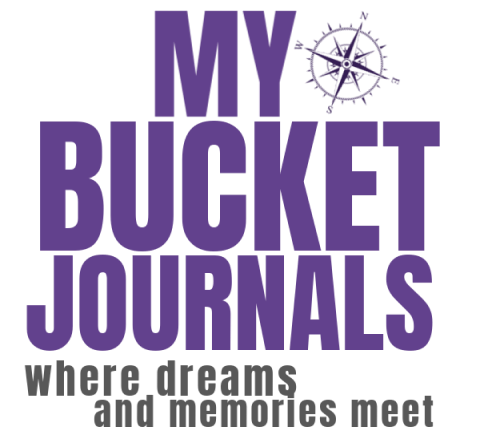Vacation at any time of the year is a great time to get out of your comfort zone and go somewhere new. Traveling is a great way to relax and get a much-needed break from everyday life. However, there are some things you need to keep in mind that will allow you to explore a National Park safely. Here are some ways you can accomplish that when you are traveling.
Take a First Aid Kit
Whether you are traveling by airplane, train, or your own vehicle, be sure to pack a first aid kit to take along. The contents of your first aid kit will depend on how you are traveling from one place to another. Pack essentials such as bandages, tensor bandages, gauze, thermometer, tweezers, antiseptic wound cleanser, and hand sanitizer.
You can often find inexpensive personal first aid kits at the dollar store, or put together a custom kit with items you find there. You will never go wrong being over-prepared in this area.
Scan Your Documents, Keep Your Money Safe
Unfortunate incidents can happen when on vacation. It is no fun to be far away from home and have your wallet stolen. Before you leave, scan all your documents, both major and minor. This should include identification documents like passport and driver’s license, plus any credit cards you are taking on your trip.
Having document copies will enable you to quickly out quickly what is missing should yours be misplaced or fall into the wrong hands.
To keep your money safe, split it up among several spots. Perhaps you will want to take a little cash along on daily trips, and leave some in the safe at the hotel. Always keep your money and other valuables in more than one place so that only some of it can be stolen or lost.
That way you have something to fall back on while you make calls and arrange for a replacement of the rest.
Take Your Vehicle in for a Check-Up Before Leaving
Most National Parks are accessible by vehicle. If you will be using your car or RV for a long-distance driving vacation, take it to the mechanic for a check-up before your departure date.
Breakdowns are a drain on your wallet and energy! It is no fun to be just starting out on your trip and have something go wrong. Many car troubles and a lot of extra expense can be avoided by following this tip.
View Animals From a Safe Distance
Do a little research on your National Park destination before you leave. A quick internet search can give you a good idea of the wildlife you are going to encounter. For Yellowstone, this means bighorn sheep, bison, elk, moose, mountain goats, mule deer, pronghorn, and white-tailed deer. It also means bears.
The animals in Yellowstone are wild and unpredictable, no matter how calm they appear to be. The safest (and often best) view of wildlife is from inside a car. Always stay at least 100 yards (91 m) away from bears and wolves, and at least 25 yards (23 m) away from all other animals, including bison and elk.
Check the NPS App to see if there are any updates you need to be aware of. Many a traveler has found themselves in a predicament with local wildlife and has put themselves in harm’s way. Don’t let that be you.
Know Your Limits
Yellowstone has approximately 1,000 trails with over 90 trailheads to access them. While there are many opportunities to hike around the park it is important to know your limits before you set out, especially in the backcountry.
Use the National Park Service App and do some research before you go. Is the trail you are following for moderate or experienced hikers? The app will give you guidance about each trail (easy, moderate, experienced) and the length of the trail. Even though it is considered an easy hike, if it’s been years since you walked 8-miles, the Spring Creek (or any other) Trail may not be for you!
Stay Hydrated and Eat Well
When you are traveling, you may be putting your body to the test through new physical activities, or being outdoors in the sun all day long. Eat well to nourish your body, and be absolutely sure to drink plenty of clean water to keep you hydrated. You don’t want to end up hospitalized for heatstroke or dehydration when you could have avoided it.
Safe National Park travel can create some of the best memories for your family. With a little foresight, you will be able to stay safe and create wonderful moments that will last you a lifetime.


